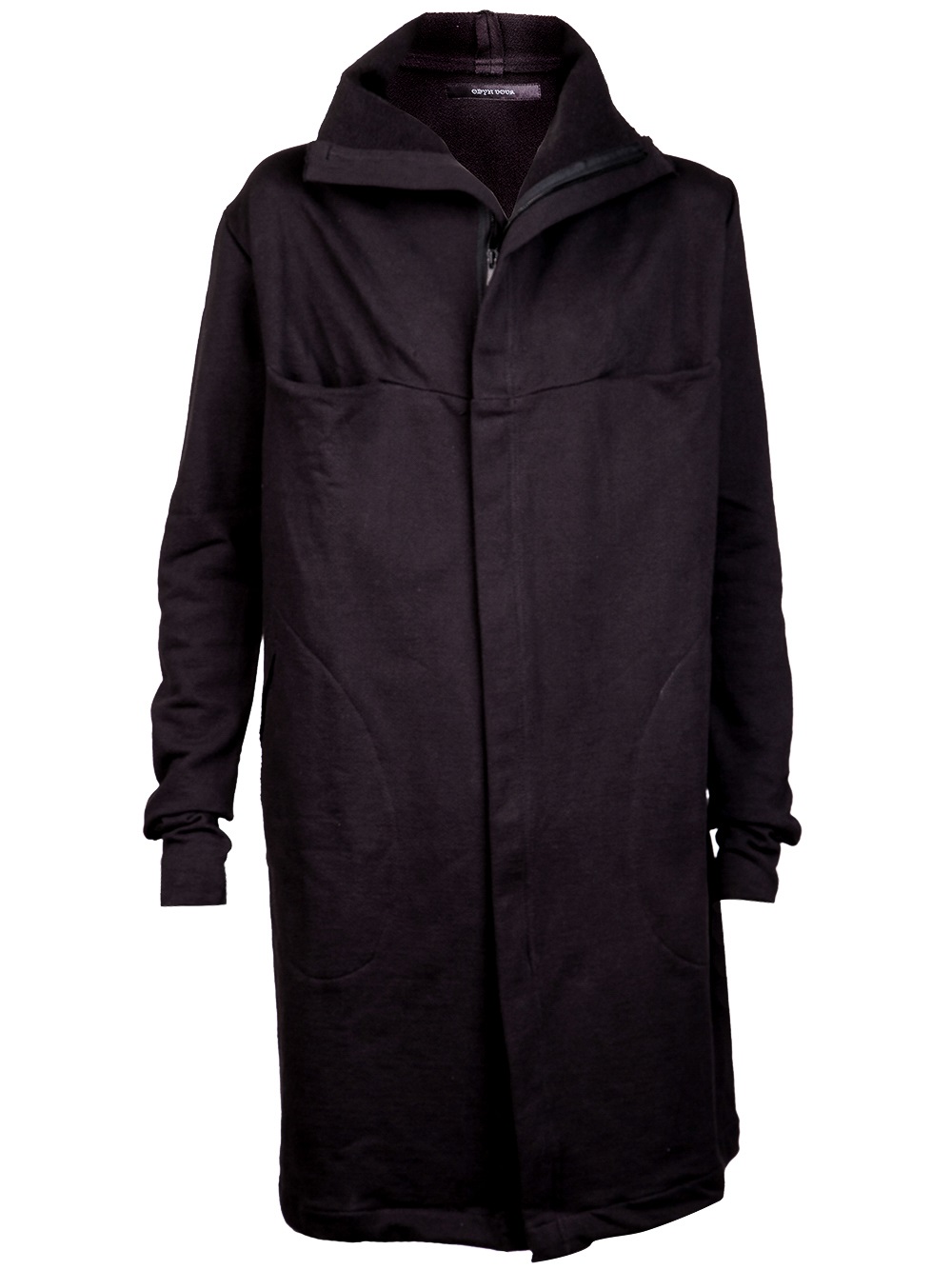
As you can see from the photographs, this caused light to bend away from the carbon nanotube sheet, effectively cloaking anything behind it with invisibility. In the experiment, the researchers heated the sheets electrically, which transferred the heat to the surrounding area (a petri dish of water). These sheets are also excellent conductors of heat, making them ideal mirage-makers. Each page is barely as thick as a single molecule, yet is as strong as steel because the carbon atoms in each tube are bonded incredibly tightly. They used sheets of carbon nanotubes, sheets of carbon wrapped up into cylindrical tubes. In 2011, researchers at the University of Texas at Dallas NanoTech Institute managed to capitalize on this effect. You've probably seen similar effects on hot roadway surfaces, with distant stretches of the road appearing to gleam with pooled water. In the classic example of the desert mirage, this effect causes a "puddle" of sky to appear on the ground, which the logical (and thirsty) brain interprets as a pool of water. The refraction swings the light rays up toward the viewer’s eyes instead of bouncing them off the surface. The hot sand is key to the mirage effect (or photothermal deflection), as the stiff temperature difference between sand and air bends, or refracts, light rays. Ready to try some of these fashions on for size? If you want people to see through you, then why not just film what's behind you and project it onto your body? If you travel with an entourage of videographers, this may be the cloak for you.
#Ivisible coat tv
This approach works on the same principles of the blue screen used by TV weather forecasters and Hollywood filmmakers. If you're more into retro fashion, there's also the optical camouflage technology developed by scientists at the University of Tokyo. For now, however, the technology only works in two dimensions and only comes in the ultrapetite size of 10 micrometers across. If properly constructed, they guide rays of light around an object - much like a rock diverting water in a stream. These tiny structures are smaller than the wavelength of light.

Or perhaps you'd prefer something made from metamaterials. The catch: Wearers must love water and be able to fit inside a petri dish. Heated via electrical stimulation, the sharp temperature gradient between the cloak and the surrounding area causes a steep temperature gradient that bends light away from the wearer. This new technology is inspired by the same natural phenomena responsible for desert mirages. The technology is far from perfect, but if you'll step into our high-tech boutique of vanishing apparel, we'll guide you through your invisibility cloak options.įirst up, we'll look at some wonderful carbon nanotube fashions - fresh from the UTD NanoTech Institute fall 2011 collection.


Well, Muggles, science has some good news for you: Invisibility cloaks are a reality.


 0 kommentar(er)
0 kommentar(er)
